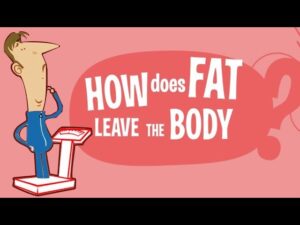Sources and recommended reading: “Eat, Stop, Eat” Brad Pilon – https://amzn.to/2xGH9Rr We are back!!! Sorry for the long break between videos but thanks for hanging in there and more can be expected shortly! Intermittent fasting can be a great tool to go along with your ketogenic diet and here is how it works. More videos going into further detail about fasting are soon to come, so keep a look out if interested in further information. Intermittent fasting is a dietary approach that has increased in popularity in recent years, both for those practicing and those researching. The idea of intermittent fasting and its synergy with the ketogenic diet has sparked quite a bit of conversation here in the comments of the Consider This Channel, which is why I would like to provide a breakdown of how intermittent fasting works well with the Ketogenic diet. First let’s determine exactly what is meant by the term “intermittent fasting”. This does not really denote a specific duration of feeding restriction, although the majority of the studies done have implemented similar strategies for time restricted feeding. Simply put, the window of nutritional intake is restricted to between the hours of 1:00pm and 8:00pm. Providing an 8 hour window of potential intake and a 16 hour window of fasting each day. Now how might this correlate with the ketogenic diet? Well, there are a few ways: For one, elevating our blood concentration of ketone bodies is a solid biomarker on how stable our state of nutritional ketosis is. This is a representation of our metabolism adapting to burning fat for energy rather than carbohydrates, and as we see blood ketones rise, specifically beta-hydroxy butyrate, we can make a correlation to the amount of fat we are burning. Generally, when testing blood ketone levels we notice a relatively high amount in the morning when we wake, before any dietary intake. This is due to the fact that, even on a strict ketogenic diet, we can’t help but consume a small number of carbs in each meal and therefor have a slight postprandial or post meal insulin response, which hinders ketone production. But, when we go the standard 8 or so hours through the night without food intake we are passively burning calories with no insulin spikes, leading to higher amounts of ketone production and more being fat burned. Really every night we are preforming a small intermittent fast, which is ended by the aptly named meal breakfast or “break-fast”. When we chose to prolong this fast into the day we have the opportunity to use this same heightened ketone producing, fat burning, mechanism to create energy to fuel our activity rather than just autonomic functions during sleep. This in turn increases our metabolism even further. This is why if blood ketones were measured at 1:00pm after fasting through the morning they would be exponentially higher than if we were to measure at the same time after eating breakfast and lunch. Higher blood ketone levels have also shown to improve brain function, mental clarity and protect the body from oxidative stress on a cellular level. Another benefit time restricted eating unlocks is a heightened opportunity to dip into our body fat stores rather than constantly burning the fat fuel we are consuming through dietary intake. We can mobilize visceral fat (fat surrounding internal organs) and subcutaneous fat (fat under the skin that is more noticeable) to lose weight, prevent disease and improve overall health and wellness. For more detailed information about “intermittent fasting” check out other videos on this channel where I break down the science of how our bodies react to fasting. Keto Science Research sources for this video include: https://www.ncbi.nlm.nih.gov/pmc/articles/PMC3680567/ https://www.annualreviews.org/doi/full/10.1146/annurev-nutr-071816-064634?url_ver=Z39.88-2003&rfr_id=ori%3Arid%3Acrossref.org&rfr_dat=cr_pub%3Dpubmed https://www.ncbi.nlm.nih.gov/pmc/articles/PMC5064803/
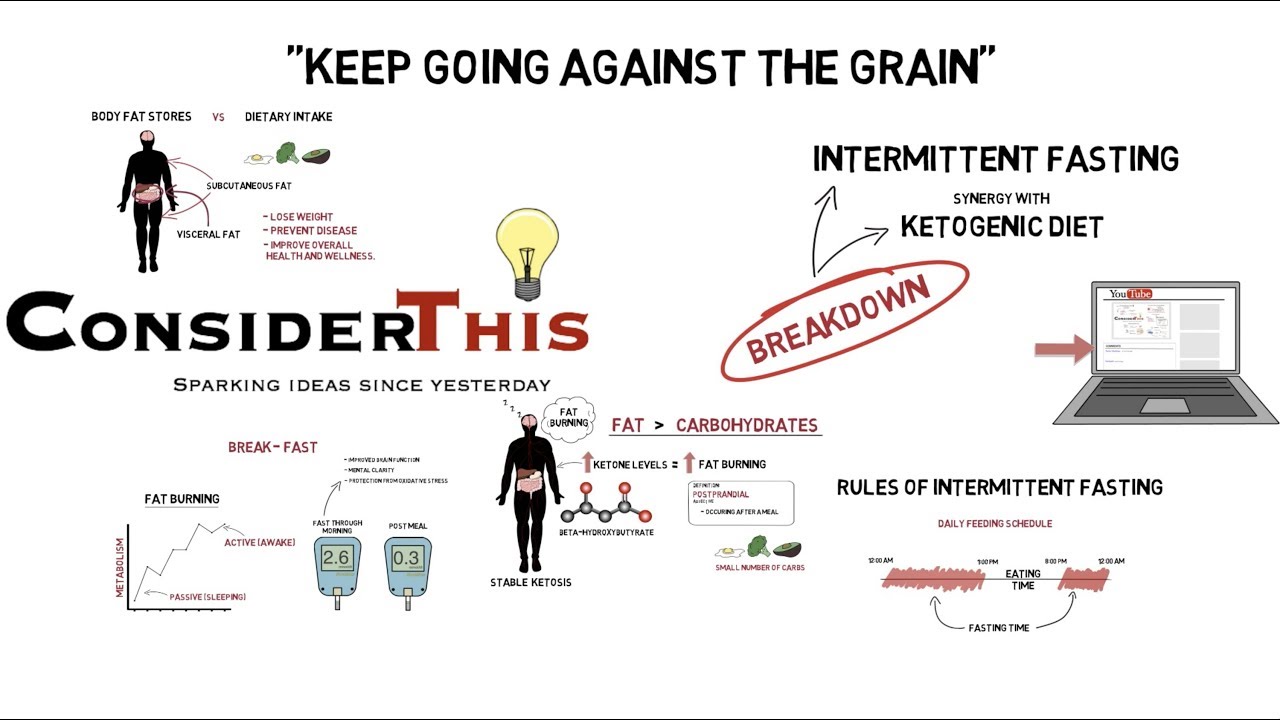
Intermittent Fasting & Fasting Video – 26
- Post author:
- Post published:May 14, 2021
- Post category:Uncategorized
- Post comments:0 Comments
You Might Also Like

Trunk strengthening exercises

Exercise Programming – Components Of An Exercise Workout Program Routine- Fitness Programming Design

Tricep Exercises: Close Grip Press, Skull Crushers, & French Press

Mass Building For Small Guys With Fast Metabolisms | Tiger Fitness
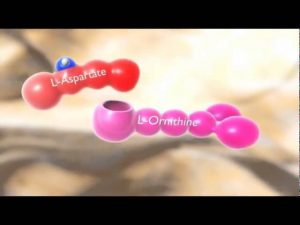
Hepa Merz L Ornithine; L Aspartate

5 Worst Cardio Mistakes for Fat Loss (AVOID THESE TRAPS!!)

Cardio Exercise Video – 6

Omega 3 Fatty Acids for Eye Health | Best Omega 3 Fatty Acids for Dry Eye Disease | IntroWellness
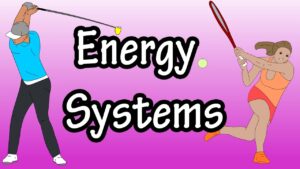
Bioenergetics Video – 1

Risperdal Side Effects
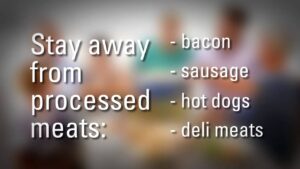
Cancer Nutrition Video – 2

Pediatrics Video – 1

Elaine’s Big Life – DEFINE Fitness!

Definition Fit – “Group Fitness”

Alternate Heel Touch – Abdominal Exercise
![Read more about the article WHICH IS THE BEST INDIAN SUPPLEMENT BRAND FOR RESULTS [CLOSED]](https://videos.drmaheshkumar.com/wp-content/uploads/2021/05/WHICH-IS-THE-BEST-INDIAN-SUPPLEMENT-BRAND-FOR-RESULTS-CLOSED-300x169.jpg)
WHICH IS THE BEST INDIAN SUPPLEMENT BRAND FOR RESULTS [CLOSED]

Dumbbell Shrug – HASfit Trap Exercise Demonstration – DB Shrug – Traps Exercise – Upper Back

Full day of Eating | Indian Fat Loss diet

Nephrology Surgeries Video – 4

5 Desi Abs Killer Workout

Soccer/ Football Video – 3

Triceps Pulley Extension-2

Leg curl || Leg workout || Fitness special || workout video ||

Pantprazol

Minoxidil before after – Part 1

Organic Chemistry Food Challenge: Antioxidants

Medication Safety for Kids

Anemia In Children – Causes, Symptoms and Treatment

Geriatrics Video – 4

Abnormal Psychology Video – 4
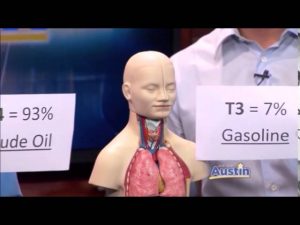
Understanding T4 to T3 Thyroid Hormone Conversion – KEYE TV Austin – Inspire Wellness Center

Fat Loss, Weight Loss Video – 14

How to Do Back Extension Exercises

Are shrugs the best exercise to develop your Upper Traps / Trapezius? Here’s some great alternatives

Does Stevia Affect your Blood Sugar? : Dr.Berg

Female Body Types And Body Shapes Different Body Types Women Have

Human Body, Body Building Muscle Building Anatomy Physiology Video – 35

Physiotherapy in Obstetrics Video – 2
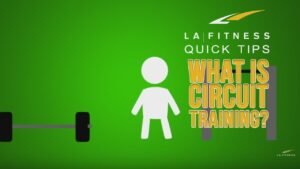
What is Circuit Training? – Quick Tips – LA Fitness

Fat free nutrition rich food.
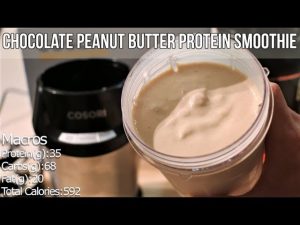
Chocolate Peanut Butter Protein Smoothie – Meal Replacement, Pre and Post Workout Shake
